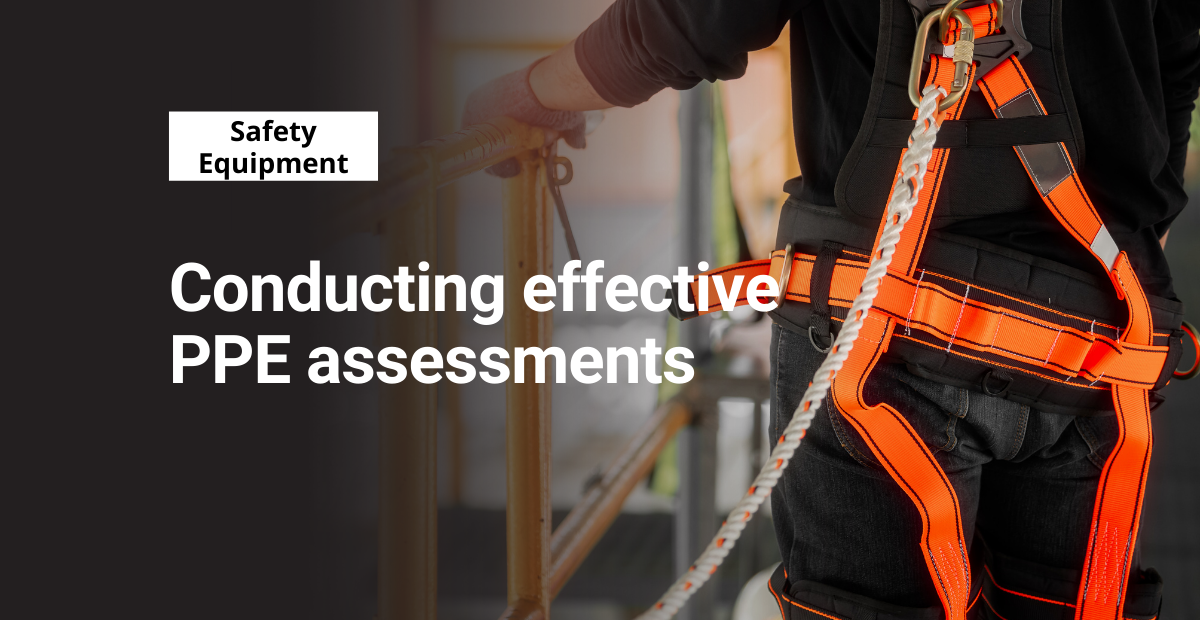In my time as an EHS professional, I have seen firsthand the important role that PPE assessments play in ensuring a safe work environment. Whether you’re just starting out or you have prior experience, this guide will teach you the key components of a proper assessment.
What is a PPE assessment?
A PPE assessment is a systematic evaluation of the personal protective equipment that is used in a workplace. The purpose of this evaluation is to determine whether PPE is appropriate for the task and effectively protects workers from hazards.
PPE assessments play a critical role in ensuring compliance with occupational safety regulations. Having the right gear helps workers perform their tasks confidently without fear of injury. This means they’ll be less likely to make the types of mistakes that lead to injury.
What are the steps in an assessment?
There are four main steps you should take when evaluating PPE:
Identify hazards
The first step in conducting a PPE assessment is to identify the hazards that workers are exposed to on the job. This could include things like chemicals, high noise levels, or physical hazards.
Determine PPE requirements
Once you’ve identified the hazards, the next step is to determine the type of PPE that applies to each hazard. This may involve reviewing OSHA regulations, industry standards, or manufacturer recommendations.
Evaluate existing PPE
After you determine the requirements, evaluate the existing PPE you have for the process. This includes checking the fit, condition, and effectiveness of the gear.
Document your findings
As you conduct the assessment of your PPE, be sure to document any findings. Note any areas where the PPE is not adequate, such as fit or effectiveness, as well as any recommendations for improvement.
What should I look for?
When conducting a PPE assessment, it’s important to look for the following:
- Adequacy: Is PPE is adequate for the hazards present in the workplace?
- Proper use: Is the PPE being used, maintained, and replaced properly?
- Compliance: Does the PPE comply with relevant occupational safety regulations?
What should I document?
Here is a list of all the things you should document during a PPE assessment:
- Hazards identified
- PPE requirements
- Evaluation of existing PPE
- Recommendations for improvement
- Compliance with regulations
What are the deliverables?
Common deliverables for a PPE assessment include:
- PPE program documentation outlining the requirements, procedures, and responsibilities.
- Employee training on the proper use and maintenance of PPE.
- Regular equipment maintenance and replacement.
Conducting an effective PPE assessment is a critical component of any occupational health and safety program. By following the steps outlined in this guide, you can ensure that your PPE program is adequate, effective, and compliant with relevant regulations.




